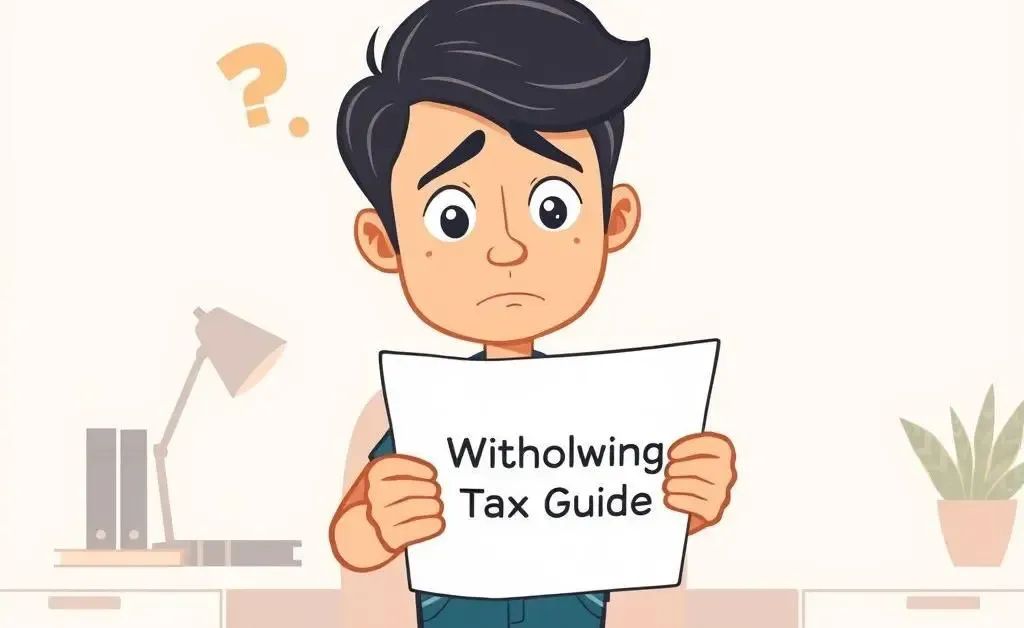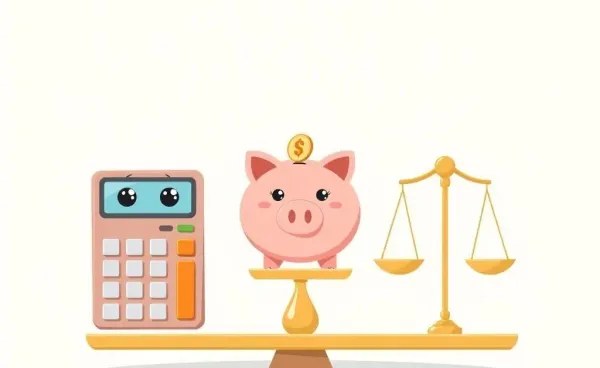Understanding Withholding Tax on Interest: A Friendly Guide
Demystify withholding tax on interest with this practical guide.

Ever opened your savings account statement only to scratch your head thanks to something called 'withholding tax'? You're not alone. Navigating the world of taxes can feel like trying to solve a Rubik's Cube blindfolded. But fear not—we're here to demystify the withholding tax on interest for you. Whether you're a seasoned investor or just starting out in personal finance, this guide offers straightforward answers to make your financial journey smoother.
What Is Withholding Tax on Interest?
Let's start with the basics. Withholding tax on interest is a tax levied on the interest income from investments like savings accounts, time deposits, and other fixed-income instruments. The bank or financial institution automatically deducts it before you receive your interest. Think of it as a way for the government to secure its cut of your interest income upfront.

Why Is It Important?
Well, imagine this: You've diligently saved up, thinking you're earning a tidy little sum from your account. Then, at the end of the month, you spot a discrepancy—a smaller amount than anticipated. This shortfall often leads people to wonder where their money went. Surprise! Withholding tax is the likely culprit. Understanding this tax helps prevent financial surprises.
How Is It Calculated?
Here's a quick rundown of how withholding tax is typically calculated:
- Determine the total interest earned for the period.
- Apply the relevant withholding tax rate (often set by your country's tax laws).
- The resulting figure is the tax withheld by the financial institution.
Imagine you earned $100 in interest, and the withholding tax rate is 20%. The calculation would go something like this: $100 x 20% = $20. So, you'd receive $80, the remainder after withholding tax.

Is There a Way to Reduce It?
Ah, the golden question! Not all investments are subject to the same withholding tax rates. Here are a few general tips to consider:
- Explore tax-exempt investment options that may be available in your jurisdiction.
- Consider long-term investments, as they might offer lower rates.
- Stay informed about changes in tax regulations that may affect withholding tax rates.
Takeaway: Stay Informed
Understanding withholding tax on interest is crucial for effective financial planning. While taxes are often complicated, knowing exactly how much you're keeping versus what you're giving to the taxman can help make better financial decisions. So, the next time you look at your bank statement, you'll know exactly what's happening.

What steps are you planning to take after understanding the withholding tax on interest better? Share your thoughts in the comments below!




